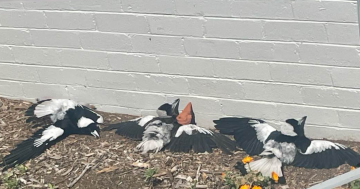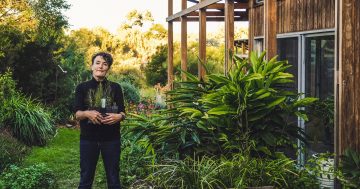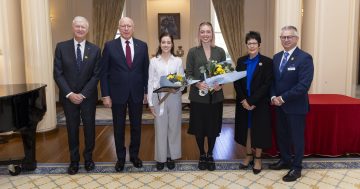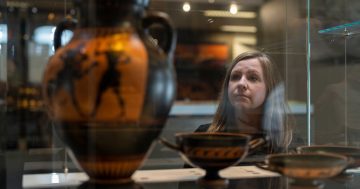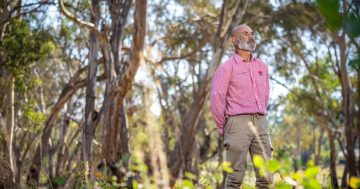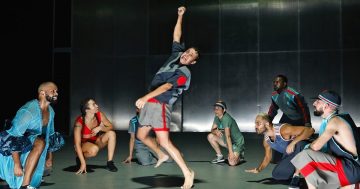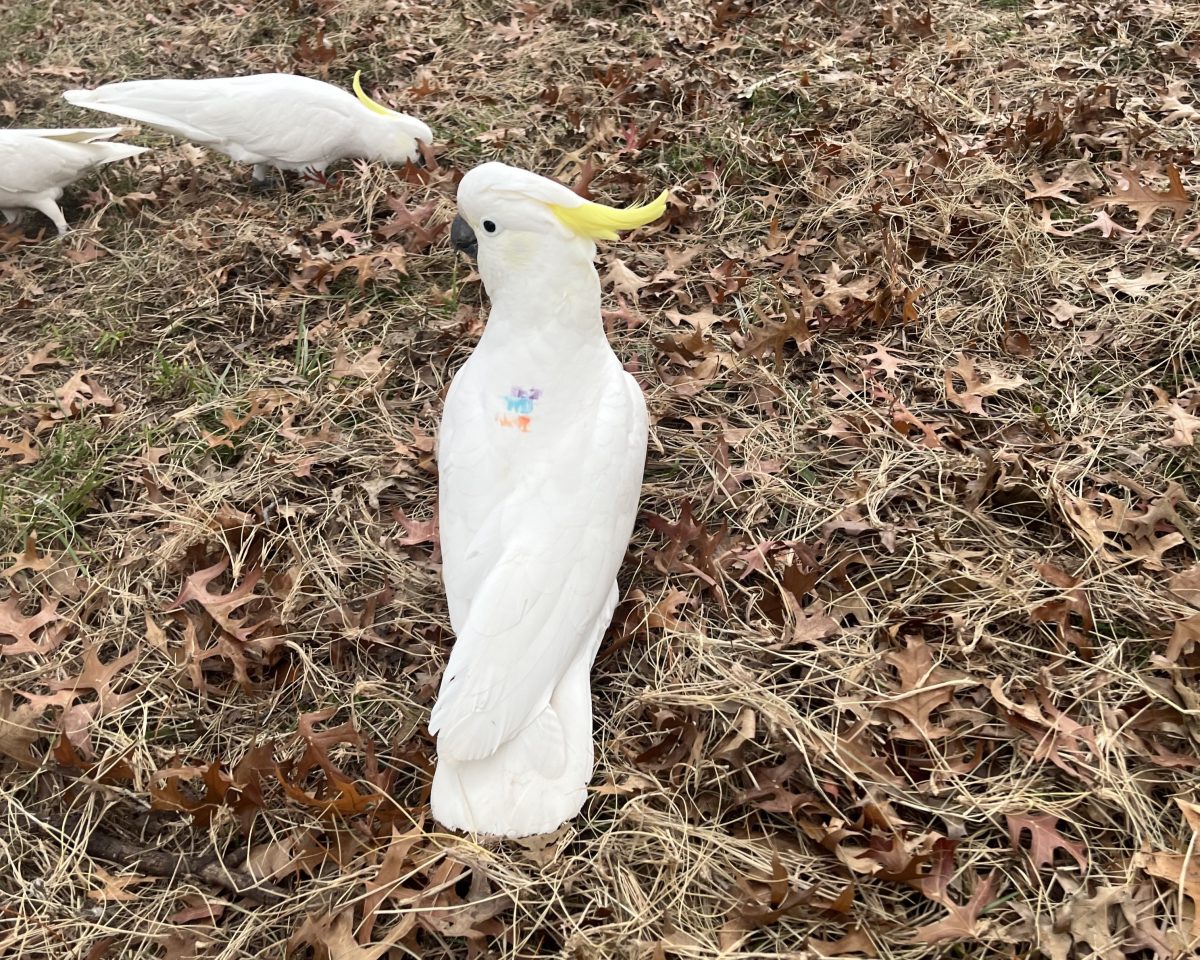
Looks like they’ve been playing bingo. Photo: Cognitive and Cultural Ecology Group.
Just when you thought cockatoos couldn’t get more annoying, the news from Sydney is that they’re coming for your wheelie bins.
Dr Lucy Aplin is a cognitive ecologist, researching the “evolution of intelligence in animals and how they use cognition in their everyday lives to solve problems and adapt to novel environments”.
She holds joint positions as a professor at the Institute of Evolutionary Biology and Environmental Studies at the University of Zurich, and as a senior lecturer at the Research School of Biology at the Australian National University (ANU).
Dr Aplin describes an “arms race” that emerged south of Sydney in 2015, when sulphur-crested cockatoos stretched their beak skills to opening the lids of wheelie bins, making a big mess of suburban streets in the process.
“It’s not an easy problem to solve because the bin still has to be emptied by the truck, but people have been coming up with many amazing solutions,” she says.
The trouble is, “the cockatoos are starting to learn to solve some of those solutions”.
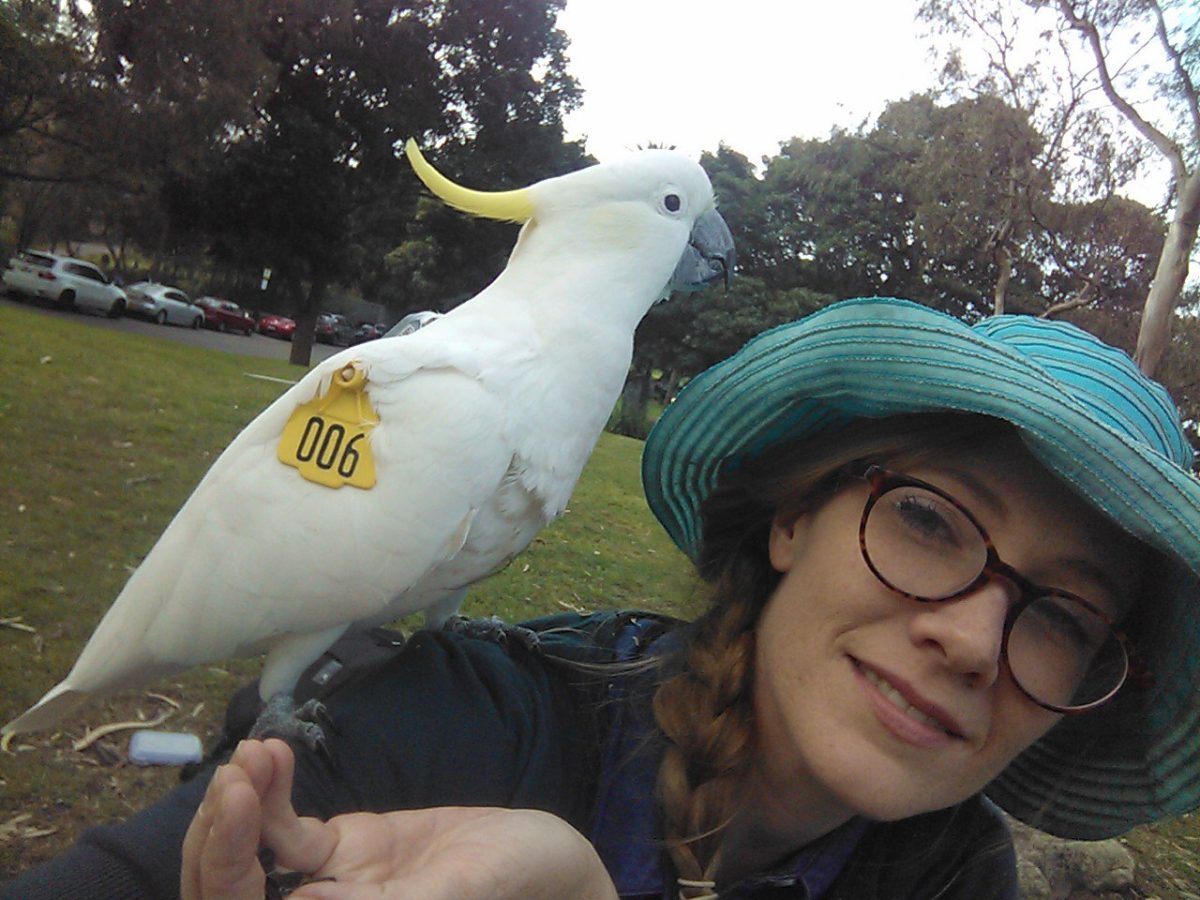
Dr Lucy Aplin, and a cockatoo. Photo: Dr Lucy Aplin, X.
So far, she says Canberra’s cockatoos have yet to learn the tricks of their Big Smoke cousins, but she’s undertaking on-the-ground research to find out how long we have until they do. That’s where the non-toxic paint comes in.
The Cognitive and Cultural Ecology (CCE) Group started in Sydney five years ago, tasked with finding out how “the elephants of the parrot world” adapt so well to city life and what this might mean for other species.
“Cockatoos are a bit of a paradox – they’re slow breeding and long-lived, but somehow they’re also really adaptable,” Dr Aplin says.
“So do they have cultural behaviours? Do they have shared knowledge? If so, how does knowledge spread in cockatoo society? And how do they keep track of the sort of complex social systems that they live in? And what can that tell us about the evolution of intelligence in parrots?”
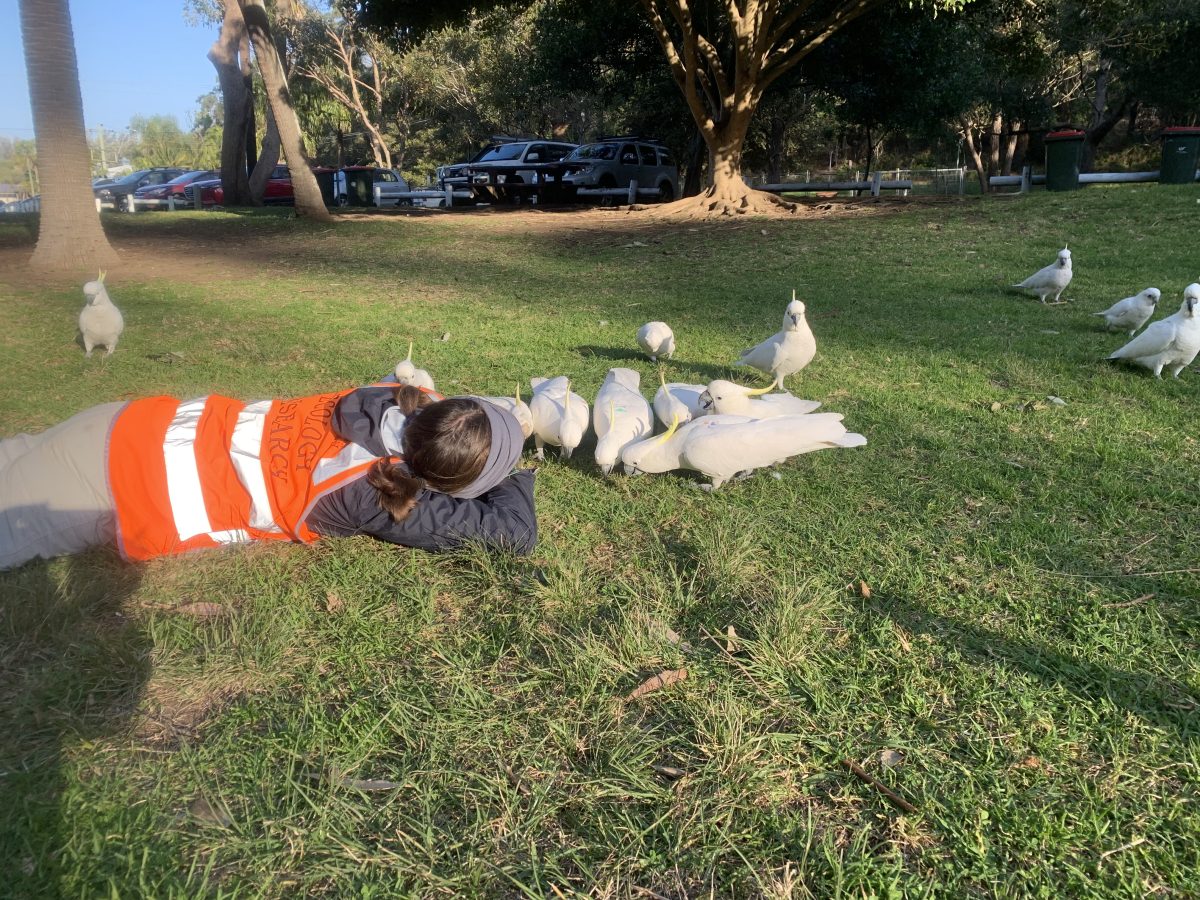
Lying down on the job. Photo: Cognitive and Cultural Ecology Group.
She and her team began work on these questions in Canberra last winter, daubing cockatoos across the Inner North with spots of different colours.
“What we’ve been doing in Canberra is trying to understand the social landscape of the birds in Canberra, starting from the city up to Watson,” she says.
“And we’ve found there are seven roosts in the area where they all sleep together.”
It turns out the cockatoos have divvied up the ACT into rough squares of 1.5 to 2 km in size, each with their own roost. Lucy’s team assigned a different paint colour to each roost to track movement between them.
“We’ve also been putting up a bunch of innovation puzzles at roosts in the Inner North and Belconnen to understand how social and environmental factors might affect innovation rates,” she says.
“So do we see these innovative behaviours on the edge of the city or the reserves, or is it in the most dense part of the cities?”
The news is not good.
“They solve them all. We had different levels of difficulties – from opening a box to pulling out multiple levers to make something fall down – and we had variation across Canberra, but they can definitely solve them.
“And we see a lot of movement within the Canberra roosts.”
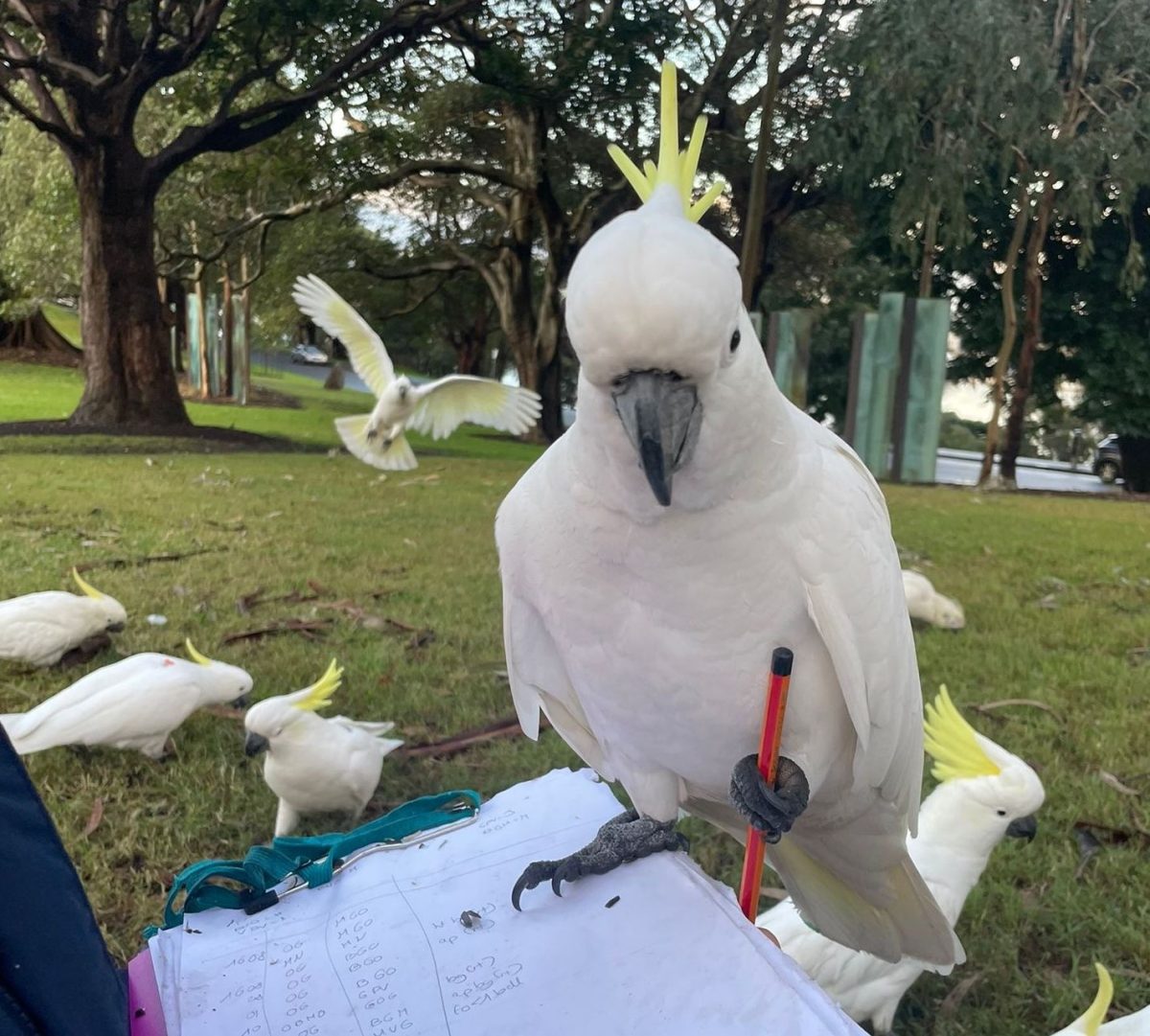
Pencil pushing. Photo: Cognitive and Cultural Ecology Group.
There’s another four years to the project, and Dr Aplin is encouraging anyone who sees a painted cockatoo to report it via the Big City Birds website and app.
“We are very keen to get the word out and get people reporting when they see birds because it really helps understand the movements. If you see cockatoos doing anything weird, we can follow that up and see if it is a possible innovation.”
The project is funded by the European Research Council, who are keen to learn lessons from Australia’s wildlife for their own cities.
“Australia is a fantastic case study for that because urbanisation is really intense here, but also very recent,” Dr Aplin explains.
“And Canberra is the best place case study for urban ecology because it’s a fantastic size that makes it manageable, so you can study the city and the country right next to each other.”
